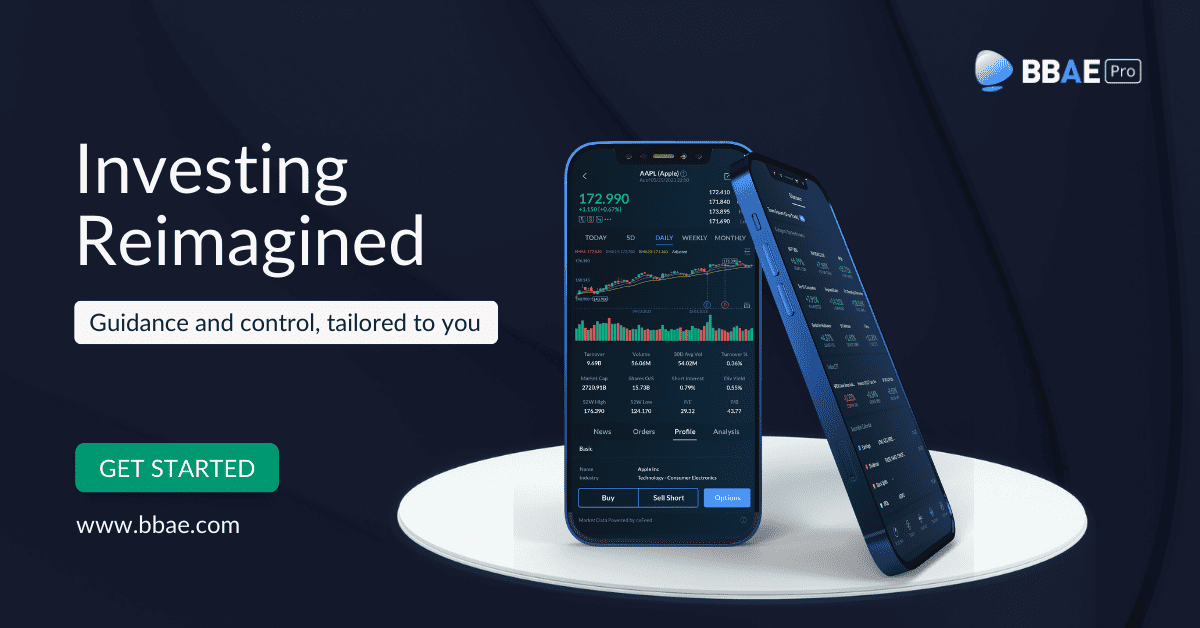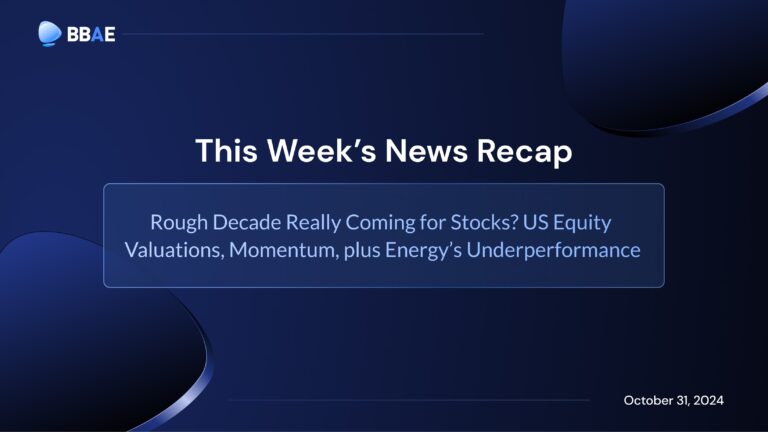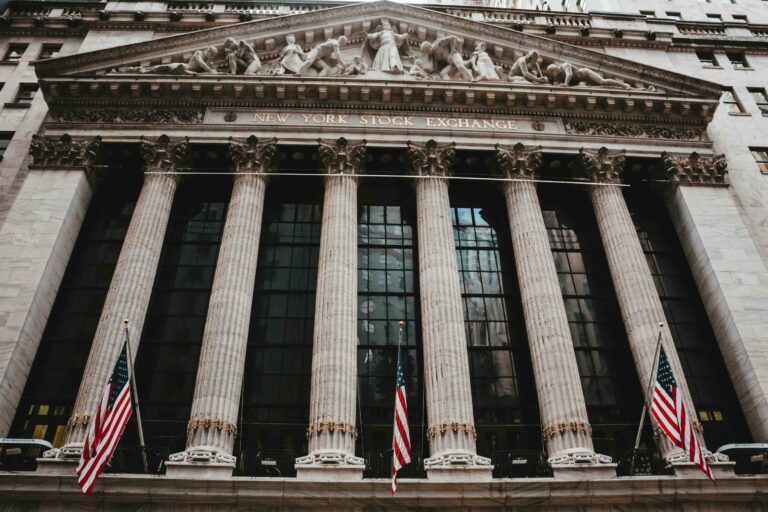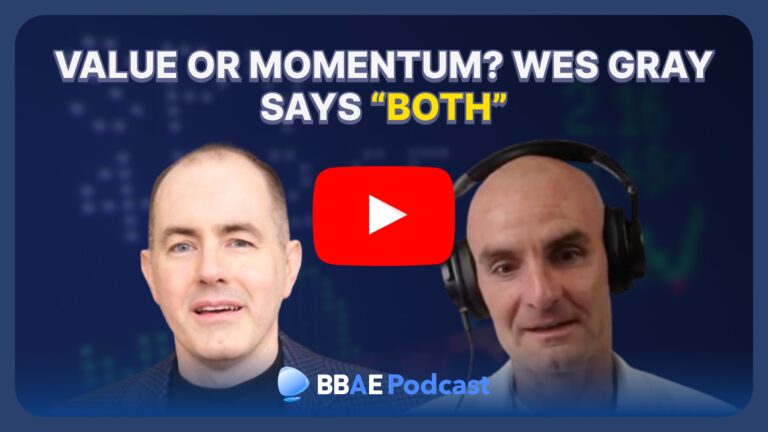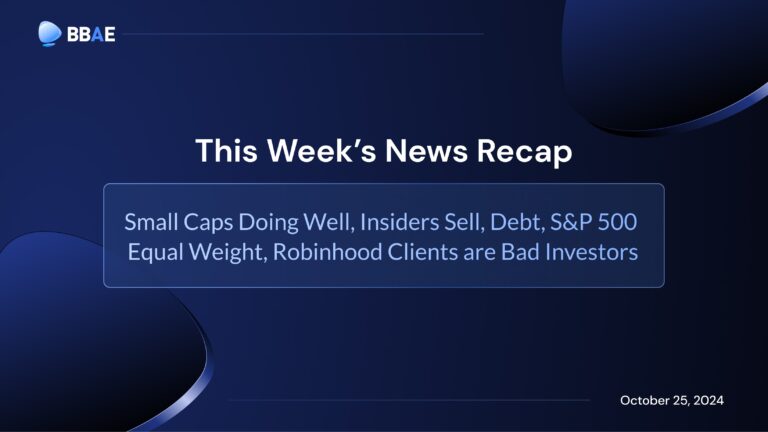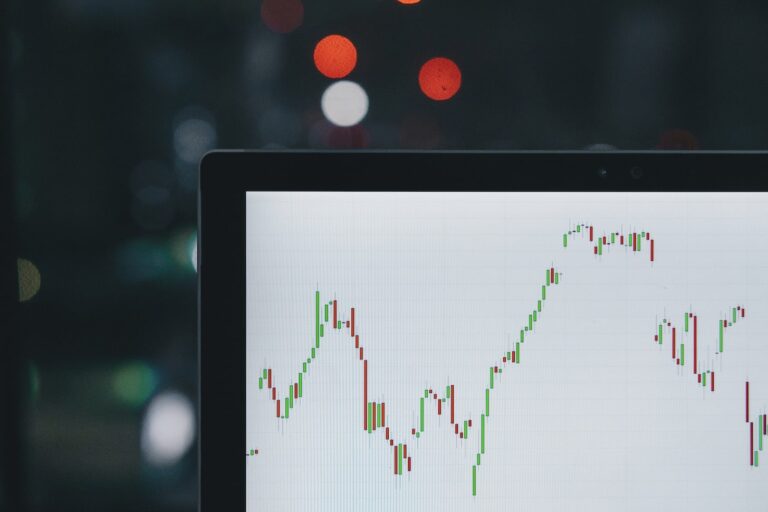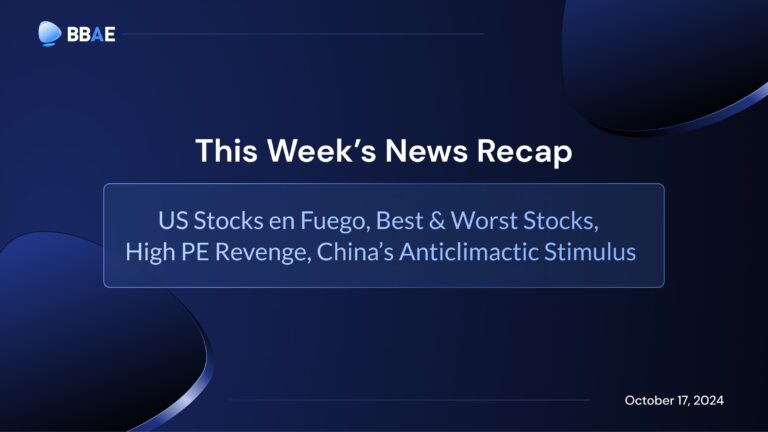Why does Warren Buffett matter?
Well, the most obvious answer is investment performance: Berkshire Hathaway (Buffett’s conglomerate) has returned nearly 3,800,000% since inception. Buffett’s returns have been roughly 20% per year for close to 60 years, which is close to miraculous in the investing world.
With the Berkshire Hathaway annual meeting coming in early May – and I’ll be there in Omaha, bringing the BBAE community exclusive, on-the-ground coverage, commentary, and interviews – I thought it would be good to provide an overview of both Buffett himself and Berkshire for those either new to investing or new to Buffett, or – like me – who might be experienced investors who caught the Buffett bug later in life.
Who is Warren Buffett?
Warren Edward Buffett is generally regarded as the world’s greatest investor. He was the world’s richest man prior to giving roughly $60 billion to charity (in fact, he’s pledged to give 99% of his wealth to charitable causes). Even after shedding $60 billion, he’s still the sixth richest person in the world, according to Forbes.
The 93-year-old Omaha-born Buffett is most famous for running Berkshire Hathaway. He was precocious in business from a young age, making money delivering newspapers (and taking tax deductions for his bike and watch), cleaning cars, and in high school, buying used pinball machines that he’d put in Omaha barber shops. The pinball venture became Buffett’s first “exit,” as Buffett sold it before he went to college.
For one of the richest humans on Earth, Buffett is fairly frugal, living in the same house he bought for $31,500 in 1957. Check out BBAE’s video of his house here (in fact, it’s our most popular video on YouTube), eating at McDonald’s, and driving himself around in a Cadillac. He doesn’t live like a pauper; he just lives an average middle class life.
Buffett’s schooling and early career
Buffett went to the University of Pennsylvania and then Columbia Business School to learn from famous investing professor Ben Graham. After his MBA, Buffett tried to get a job with Graham’s investment firm, Graham Newman, but Graham, who was Jewish and who had faced difficulty getting a job on Wall Street because of that, had pledged to only hire Jews at Graham Newman. Buffett even offered to work for free, to no avail.
Warren went back to Omaha from 1951 to 1954 to work for his dad’s brokerage company while taking public speaking classes at night. He continued to “pester” Graham, to use his own term, until Graham finally made an exception. Buffett worked for Graham from 1954 to 1956 before starting the Buffett Partnership, which he ran until 1970 when he became chairman and CEO of a struggling textile company called Berkshire Hathaway.

Source: Wikimedia Commons
Buffett plays many hours of bridge each week, and also plays the ukulele, which he learned to play at 19 in a failed attempt to woo a girl.
How does Warren Buffett invest?
Graham was famous for buying “net nets:” stocks beaten down so badly that they traded for less than the value of their net current assets (and in many cases, for less than the value of their cash).
Buffett invested heavily in net nets in the 1950s, both for Graham and for his Buffett Partnership. But by the 1960s, they became thin on the ground as other investors caught on, forcing Buffett to migrate to another Graham idea: cigar-butt investing.
Cigar butts were only slightly less beaten down than net nets – what we’d call deep value stocks now.
Like a discarded cigar butt, a deep value stock may not immediately connote a desirable investment, but for a cheap enough price, it could be attractive. They don’t tend to be high-quality companies; they’re just cheap. The market sees them as low-expectation, left-for-dead nobodies, so any positive performance the companies manage to deliver can be heavily rewarded in the stock price.
Buffett made money with cigar butt stocks, but closed his Buffett Partnership in 1969 because his fund had grown too big for this strategy.
Later, future partner Charlie Munger convinced Buffett during the acquisition of a company called See’s Candies that paying higher prices for better companies could make investing sense for Buffett, and that unlike cigar butts, high-quality companies could be held for many years without much worry.
In fact, these days, Buffett has become nearly synonymous with high-quality investing, even if he didn’t start out that way.
What is Berkshire Hathaway? (Hint: A big mistake)
Buffett calls his investment in Berkshire Hathaway his single biggest mistake.
Buffett began buying shares of Massachusetts textile company Berkshire Hathaway in 1962, when it was a net net, trading below the value of its net current assets.
By 1964, Buffett realized that Berkshire’s business was going downhill, and he wanted out. So Buffett and majority owner Seabury Stanton made an oral agreement for Stanton to buy back the Buffett Partnership’s shares for $11.50 each.
Yet when Stanton papered up the contract a few weeks later and mailed it to Buffett, Stanton listed the price he’d pay as just $11 ⅜ per share.
This infuriated Buffett – known now as a picture of equanimity – so much that to spite Stanton, Buffett abandoned his plans to sell, and instead decided to buy a majority stake so that he could fire Stanton.
Buffett had his revenge (technically, Stanton resigned before Buffett could fire him) – but he also had even more of a struggling company that in 2009 he said had cost him at least $200 billion in lost returns. The world’s richest man at the time could have been significantly richer had he not let his emotions get the better of him.
We’re all human.

Geico: A big Buffett bet
Buffett got to work making Berkshire into a conglomerate, investing first in the insurance industry and selling all its textile-related aspects over the following two decades.
Today, Berkshire Hathaway trades on the NYSE with a market cap of almost $900 billion. It holds a mix of public (i.e., stock market) investments in companies like Apple, American Express, and Coca-Cola, as well as investments in a slew of private companies making everything from cowboy hats to stuffed animals.

BBAE analyst Shaoping Huang befriends the merchandise at the 2023 Annual Meeting.
Who is Charlie Munger?
Charlie and Warren grew up in Omaha and even both worked in Warren’s grandfather’s grocery store, but never formally met until 1959 at the Omaha Club (a men’s-only club at the time), when they hit it off and talked for hours. Charlie, seven years older than Warren, was a polymath who graduated magna cum laude from Harvard Law School without having finished his undergraduate degree.

Photo: Wikimedia Commons
Munger started a law firm – still in existence today – and then an investment partnership of his own that compounded returns at 19.8% annually from 1962 to 1975. Charlie became chairman of Wesco Financial (later bought by Berkshire) and later joined Berkshire in 1978.
Munger was effectively Buffett’s right-hand man, known for witty jokes and retorts at Berkshire Hathaway’s Annual Meeting, where the two would sit for hours taking audience questions while typically drinking Coke and munching on peanut brittle from See’s Candies.
Charlie, a voracious reader, also designed buildings. Sadly, Charlie Munger passed away on November 28, 2023, just 34 days shy of his 100th birthday.
Can I invest like Buffett now and make lots of money?
Warren has said that if he had less money to invest, his returns could be 50% per year. Berkshire has been a victim of its own success, growing too large to invest in all but the largest companies.
While Berkshire Hathaway phenomenally outperformed the S&P 500 in its early years, its recent outperformance has been far more modest, largely owing to Berkshire’s size, but probably also to having so many people (and so much money) looking for Buffett-y companies to invest in.
Warren Buffett also came of age just as US markets were maturing enough to be exploited by savvy stock analysis done by individuals. These days, trading is dominated by computers and algorithms.
But Buffett did introduce the world to, or at least popularize and validate, the notion of diving deep to find a small number of good companies to invest in – by studying the management teams, returns on equity, protected-ness of business model (“moat” in Buffett parlance) and many other things that fundamentals-based investors now consider obvious. Buffett didn’t invent much of this analysis, but certainly demonstrated its power better than anybody else.
In the long run, stock prices will always rise and fall with a company’s earnings, so finding good companies that will be around in 10 or 15 years and likely to be earning much more by then is never going to be a bad way to invest.
Good companies will never go out of style.
What happens at the Berkshire Hathaway Annual General Meeting?
What started as a boring, cookie-cutter event – company annual meetings tend to be exercises in formality – has become a “Woodstock for capitalists” as it’s often called, where 45,000 shareholders and media gather in Omaha around the first weekend in May.
You can read Berkshire’s explanation of the meeting here.

45,000 people can’t be wrong.
The core of the meeting has traditionally been the almost-all-day Saturday Q&A session with Warren and Charlie (now just Warren, although some of his Berkshire lieutenants sometimes answer questions related to the business units they manage). Shareholders begin lining up a little before 5:00 am for this (there’s an app that lets you rent college students to stand in line for you) and are treated with a made-for-the-meeting comedy video, invariably with a few celebrities who volunteered their time, along with Warren and, previously, Charlie – invariably making fun of themselves.
Both Friday and Saturday, an exhibit room near the main arena holds displays from many Berkshire subsidiaries. There’s a running race on Sunday, and Buffett (and sometimes his friend Bill Gates) will play ping pong with shareholders.
That weekend, Omaha hosts plenty of non-Berkshire investing events, too – dinners and breakfasts and gatherings hosted by various investors or investment companies, usually within walking distance of the CHI Center where the main meeting is held. In fact, some attendees get so busy with these satellite gatherings that they never go to the main event.
This year, though, the main event will be sans Charlie Munger. Warren credited Charlie as being the architect of Berkshire’s success in his annual letter, and will no doubt have praise for him at the meeting.
In fact, the “vibe” of the meeting is one of the most memorable things about it, and while the Buffett-Munger investing era won’t last forever, the vibe is a reminder that to some degree, the way of investing that both men brought to the world will.
And remember: We’ll be bringing you BBAE’s coverage of the Berkshire Hathaway Annual Meeting in May, so stay tuned!
This article is for informational purposes only and is neither investment advice nor a solicitation to buy or sell securities. All investment involves inherent risks, including the total loss of principal, and past performance is not a guarantee of future results. Always conduct thorough research or consult with a financial expert before making any investment decisions. James owns shares of Berkshire Hathaway. BBAE has no position in any investment mentioned.



